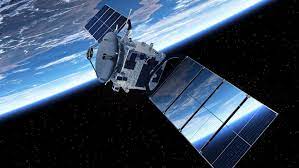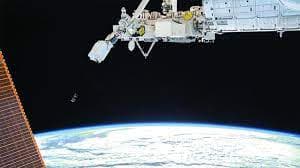
Space Technology: Exploring the Final Frontier
Space technology has come a long way since the first satellite, Sputnik 1, was launched in 1957. Since then, we have sent astronauts to the moon, explored the outer reaches of our solar system, and even landed rovers on Mars. In this article, we will explore the evolution of space technology, its current uses, and its potential for the future.

Evolution of Space Technology
The evolution of space technology can be divided into four stages. The first stage involved the development of rocket technology, which was used to launch the first satellites into space. The second stage involved manned spaceflight, with the first human, Yuri Gagarin, orbiting the Earth in 1961. The third stage saw the development of robotic spacecraft, which could explore space without human intervention. Finally, the fourth stage is the current era, which is focused on the commercialization of space and the development of new technologies to support space exploration.
Current Uses of Space Technology
Space technology has a wide range of current uses, from communication and navigation to scientific research and national security. One of the most visible uses of space technology is satellite communication, which allows us to access the internet, use GPS, and watch television. In addition, space technology is used for weather forecasting, environmental monitoring, and disaster response.
Space technology also plays a crucial role in scientific research. By exploring space, scientists can study the origins of the universe, search for signs of extraterrestrial life, and develop new technologies for use on Earth. Additionally, space technology is essential for national security, with many countries using satellites for reconnaissance and surveillance.
Future of Space Technology
The future of space technology is full of possibilities. One of the most exciting developments is the increasing focus on commercial space travel. Companies like SpaceX and Blue Origin are developing spacecraft that can transport people and cargo to space, making space tourism and colonization a possibility.
Additionally, space technology is essential for the exploration of our solar system and beyond. The National Aeronautics and Space Administration (NASA) is planning to send astronauts back to the moon in 2024, and in the coming years, we can expect to see more missions to Mars and beyond.
Conclusion
Space technology has come a long way since the launch of Sputnik 1 in 1957. Today, it is used for a wide range of applications, from communication and navigation to scientific research and national security. The future of space technology is full of possibilities, from commercial space travel to the exploration of our solar system and beyond. As technology continues to evolve, we can expect to see even more innovative solutions that push the boundaries of what is possible in space.
